We are actively assessing the rate of change of demographic data, and as we approach our most recent Census data-release date, we are a bit gripped with excitement to commence yet another hefty round of suburb analysis. Over the past decade we’ve combined our coal-face observations; from organic buyer demand increases and attitudinal changes from buyers about gentrifying areas. It’s been fascinating, and from Ballarat East to many parts of Geelong, Melbourne’s inner- (and middle-ring) west, to the foothills of the Dandenongs, including so many others, it’s been interesting to look back at our rationale for backing growth and change.
One the tells a great story is Thomastown.
Not to say that Lalor isn’t worthy of a mention, though. Given the two suburbs sit snugly above and below each other and have such similar characteristics, demographic profile and growth history, Lalor can’t be called a poor cousin by any means.
We have kept a close eye on Thomastown (and Lalor) for quite some time, and during the confines of Melbourne’s longest lockdown we spent considerable time as a remote team assessing the ABS data available to further bolster up our understanding of this, (and other) patches.
Thomastown’s growth is compelling, but not surprising.
This 20,000 person suburb sits 16km north of the CBD, just above the Metropolitan ring road and is supported by a commuter train line, many schools, an abundance of good delicatessens and a friendly demographic that superbly reflects our Mediterranean migrant heritage.
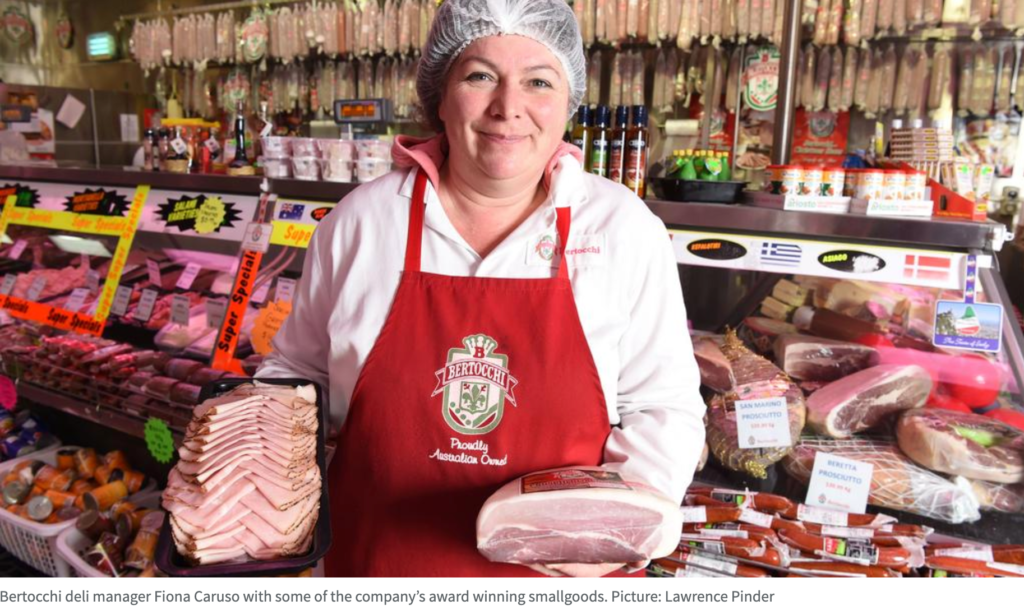
Not far north is the Northern General Hospital in Epping, an employer to more than 6,300 staff and a hospital that has recently undergone a sizeable expansion.
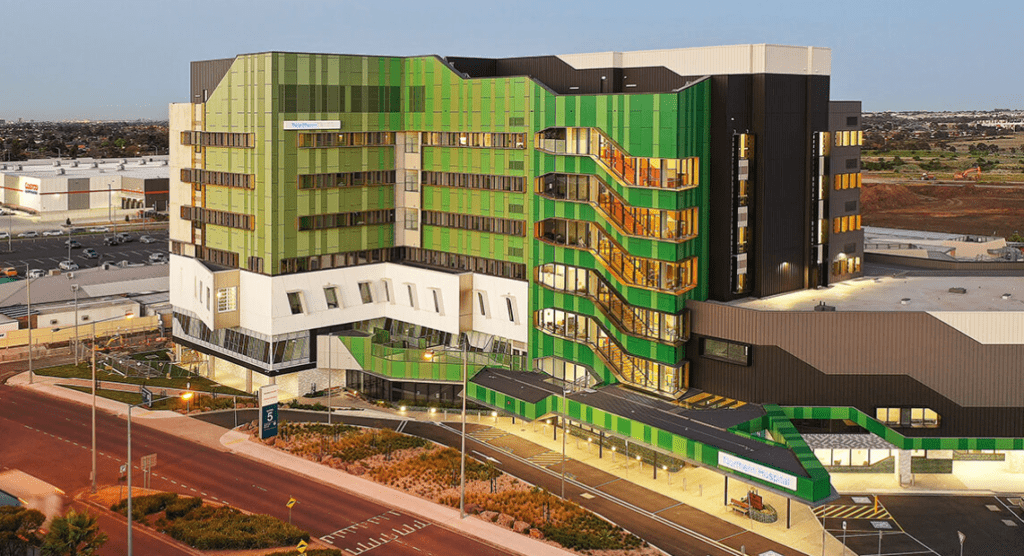
It is easy to retrospectively look back at suburb performance and recommendations, but a close look at a sample case is a great illustration of the suburb’s recent gentrification. In an effort to select a sample property without bias, I searched recent sales in Thomastown and selected the most recent sale of a property that had at least five historical sales over the history of the area since subdivision and construction of estates commenced (circa late 1970). Multiple data points on an historical sales chart give the reader a fairer sense of performance over the decades, as opposed to a property exhibiting limited sale numbers.
I chose 5 Tamara Court; arguably a little bit closer to the freeway than I prefer, but a beautiful example of a Thomastown original home. Solid brick, sizeable internally, set in a court, boasting a beautiful undercover outdoor rear, and offering ideal garaging. This is certainly typical of other welcoming homes in the area.
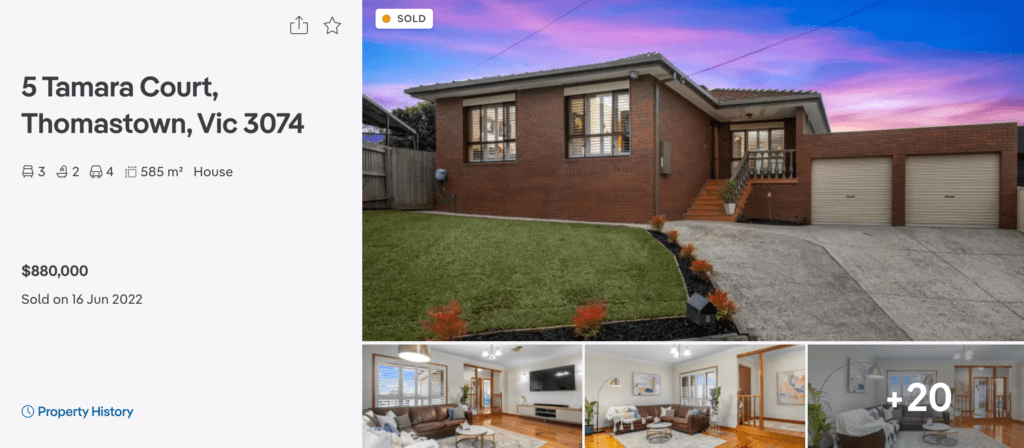
At some stage 5 Tamara Court has been cosmetically enhanced internally. The plantation shutters, kitchen upgrades and re-tiled bathrooms indicate some owner-investment over the years, yet no significant renovations or works seem to have been carried out.
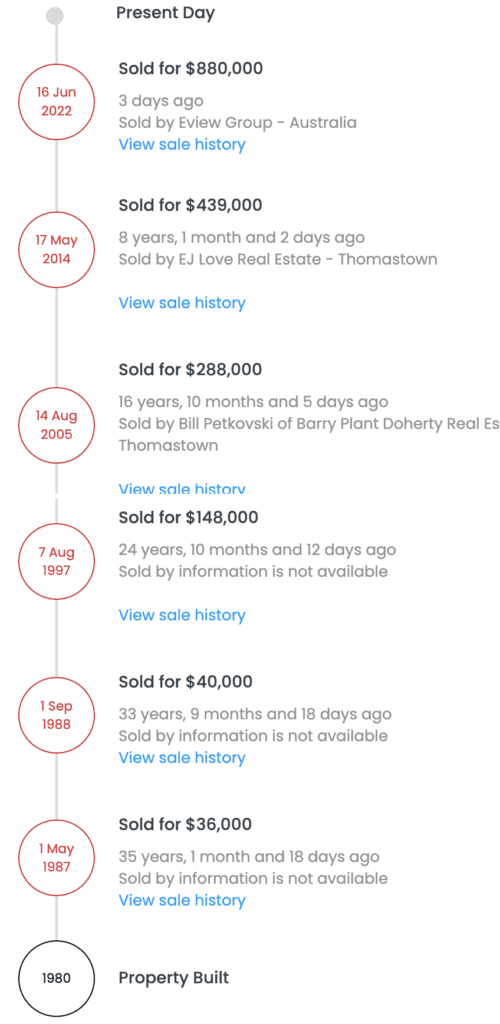
Charting these sales gives us an appreciation of the performance of this property over the past 35 years since the first registered sale of $36,000 in 1987.
Even taking into account the cosmetic works that have likely been carried out in the past decade or so, the growth is evident.
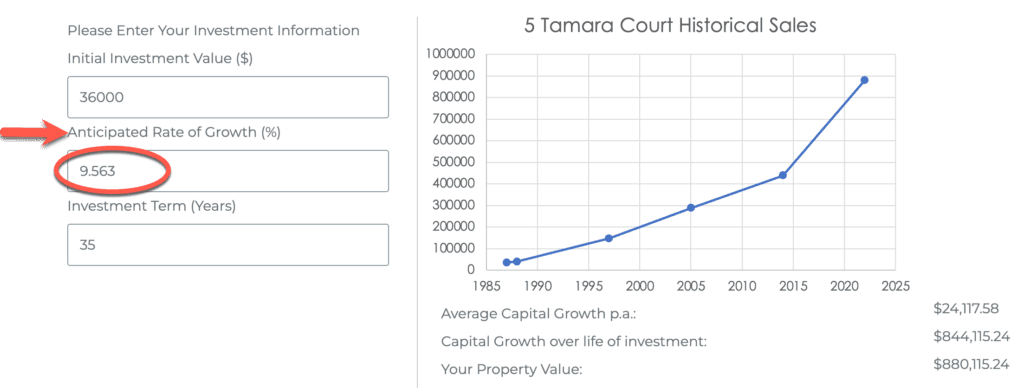
When we calculate the annualised capital growth of this particular property it comes as a bit of a surprise. While this is merely just one sale, (and it’s fair to say that the internal improvements contributed to the heightened capital growth performance since 2015), it is in fact the rate of gentrification that has been the main reason for this uptick in growth between the last two data points.
There is a lot of compelling evidence to demonstrate now why these two suburbs have performed so well, including;
- The fact that they are bounded by established areas (and to the north, both Epping and South Morang boast higher household incomes according to the Census 2016 data),
- Major employers have grown,
- Infrastructure, (both transport and road) has improved, and
- The growth of southern favourites have pushed many north due to affordability constraints in Northcote, Thornbury, Preston and Reservoir, (in that order)
However, the most compelling is that of perceived value. A brick house on a full 500sqm+ block (and in some cases, 700sqm+) for under nine hundred thousand dollars appeals to more than a few.
We can’t wait to distill the emerging Census release to see what else is in store for these suburbs, and many others on our favourites list.
REGISTER TO OUR NEWSLETTER
INFORMATION
CONTACT US
1A/58 ANDERSON STREET,
YARRAVILLE VIC 3013
0422 638 362
03 7000 6026
CATE@CATEBAKOS.COM.AU
